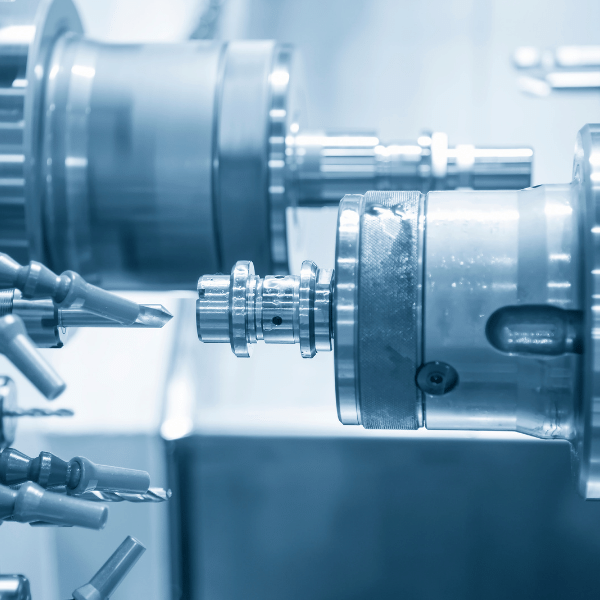Polycarbonate Plastics
Are you looking for reliable information about Polycarbonate Plastics? ETCN provides accurate and up-to-date information to help you make the right choice.
Details of Polycarbonate Plastics
| Alternative Names | Mechanical Properties | Physical Properties | Thermal Properties | Electrical Properties | Post Treatments | Common Applications |
|---|---|---|---|---|---|---|
| Lexan, Makrolon, Tuffak | Tensile Strength: 55-75 MPa | Density: 1.2-1.22 g/cm³ | Thermal Conductivity: 0.2-0.3 W/mK | Dielectric Strength: 20-25 kV/mm | Flame Retardant, UV Resistant, Scratch Resistant, Optical Clarity Enhancing | Automotive, Electronics, Construction, Medical Equipment, Household Items |
Blogs related to CNC Machining Plastics
Top 12 China CNC Machining Service Providers in 2023 You’ve...
For many manufacturers, CNC machining steel is crucial to producing...
Unlock the highest level of precision and longevity for machined...
CNC Machining has become an increasingly popular manufacturing solution, but...
Polycarbonate Plastics: Frequently Asked Question
•Polycarbonate Plastics (PC) is a high-performance thermoplastic polymer that is characterized by its excellent physical and mechanical properties.
•It has high impact resistance, toughness, and tensile strength, making it ideal for various applications where durability and lightweight are critical.
•It is also transparent, resistant to heat and chemicals, and has good dimensional stability.
•Polycarbonate plastics are used in the manufacturing of various products, including electrical components, automotive parts, medical devices, construction materials, and more.
Including:
Bisphenol A (BPA) and phosgene synthesis: The first step in polycarbonate plastic manufacturing involves the creation of two key chemical compounds, bisphenol A (BPA) and phosgene.
Polymerization: Once the BPA and phosgene are synthesized, they are then reacted in a polymerization reaction to create polycarbonate resin.
Granulation: The polycarbonate resin is then granulated into small pellets for further processing.
Extrusion: The granulated polycarbonate resin is then melted and extruded into long strands called polycarbonate profiles.
Injection molding: The extruded polycarbonate profiles are then cut into small pieces and melted before being injected into a mold cavity to create the final polycarbonate product.
Cooling and Finishing: The newly formed polycarbonate product is finally cooled and finished before being inspected and packaged for shipping.
In conclusion, the polycarbonate plastics manufacturing process involves several steps, including bisphenol A and phosgene synthesis, polymerization, granulation, extrusion, injection molding, cooling, and finishing.
•Firstly, they are lightweight, making them easy to handle and transport.
•Polycarbonate Plastics are highly impact-resistant, making them a durable option for products that require high toughness and shatter resistance.
•They also have excellent thermal stability, with a high tolerance for both high and low temperatures.
•Polycarbonate plastics are also highly transparent, allowing for high visibility and clarity, making them suitable for applications that require a clear view of the product inside.
•These plastics are easy to shape and mold, allowing for the creation of complex geometries and designs, and are also cost-effective, offering value for money.
•Finally, polycarbonate plastics are resistant to UV radiation, making them a popular choice for outdoor applications that require protection against the elements.
Polycarbonate plastics have a glass transition temperature of approximately 147°C and can withstand temperatures up to 135°C. However, prolonged exposure to high temperatures can lead to the degradation of the material.
• BPA, a chemical linked to health issues, is often used in the production of polycarbonate plastics.
• Not all polycarbonate plastics contain BPA or other harmful substances; some manufacturers produce versions free of these materials.
• It is important to research and confirm that the polycarbonate plastic used does not contain such materials before use.



